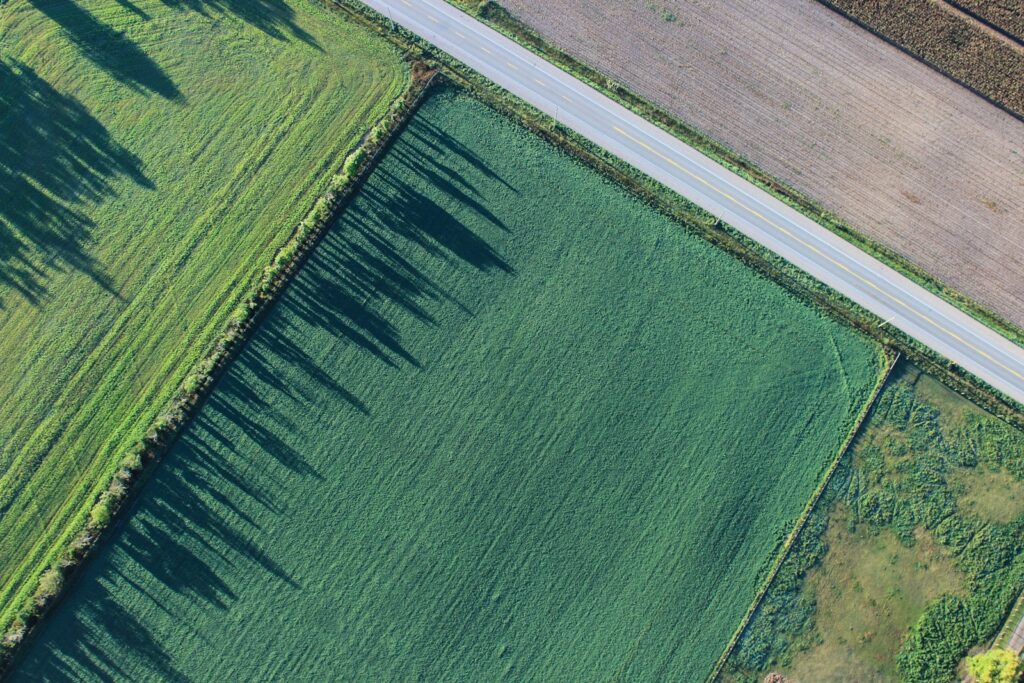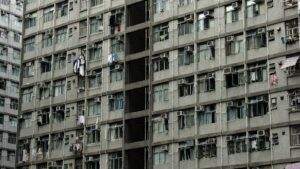The ‘grey belt’ works well as a slogan: it’s simple, concise and intriguing. However, it both questions the validity of the Green Belt and suggests a solution to the housing crisis – again, just as the government intended.

Defining the Grey Belt
The government asserted that the Grey Belt would be, ‘A new class of land to ensure grey and poor-quality parts of the Green Belt are prioritised, and that any development benefits local communities’ also that, ‘Poor-quality and ugly areas of the Green Belt should be clearly prioritised over nature-rich, environmentally valuable land’.
However, the definition of the Grey Belt lacks clarity, an evidence base or wide-ranging support. It deviates from the very purpose of the Green Belt which was all about the ‘preservation of openness’ and not how ‘ugly’ or what ‘quality’ the land is. Indeed those familiar with Planning Policy Guidance Note 2 will recall its requirement that, ‘Boundaries should not be amended or development allowed merely because the land has become derelict’. It has even been suggested that the Grey Belt makes light of the Green Belt as a serious cultural definition (to paraphrase the TCPA) or more specifically, ‘a political idea being retrofitted into public policy’.
The recently revised NPPF defines Grey Belt land as Green Belt land that only makes a ‘limited contribution’ to the five purposes of the Green Belt: to check the unrestricted sprawl of large built-up areas; to prevent neighbouring towns merging into one another; to assist in safeguarding the countryside from encroachment; to preserve the setting and special character of historic towns; and to assist in urban regeneration, by encouraging the recycling of derelict and other urban land. The idea is that the new definition of the Grey Belt should allow sustainable sites to be brought forward ahead of local plan reviews, freeing up land for housing sooner than would otherwise be possible.
However, the identification of land as having limited ability to meet the definition of the Green Belt has been recognised previously: Green Belt that makes a limited contribution has been referred as ‘poorly performing Green Belt’ or ‘low quality Green Belt’. Is this little more than a new label? More to the point, will Grey Belt land become a permanent designation or a temporary one, for as soon as Grey Belt land becomes built upon, it then presumably it is no longer Grey Belt?
Existing policy position
The process by which a local planning authority (LPA) can remove land from the Green Belt already exists and brownfield land (including that which occurs within the Green Belt) is not ‘untouchable’ as might be believed. Currently if available brownfield sites within an urban area have been used up, densities have been optimised and the Duty to Cooperate fails to produce adequate alternatives, changes to the Green Belt boundary can take place and brownfield sites within the Green Belt are likely to be at the top of the list of suitable sites – notwithstanding the other challenges that developing brownfield land raises.
Currently sites within the Green Belt can only be de-designated where there are ‘exceptional circumstances’, which are ‘fully evidenced and justified […] through the plan-making process’.
The ‘golden rules’
But when the government published its revisions to the NPPF, just 25 days after taking office in July, the concept of the Grey Belt was introduced to the (albeit draft) guidance. The revised NPPF defined
the Grey Belt as, ‘Land in the green belt comprising previously developed land and any other parcels and/or areas of green belt land that make a limited contribution to the five green belt purposes’.
The definition is accompanied by a set of golden rules for land release:
- Brownfield sites first: prioritise developing brownfield sites within the green belt before other areas.
- Grey Belt second: develop neglected or poor-quality green belt land over nature-rich areas.
- Affordable housing: ensure at least 50% of new developments on released land are affordable homes.
- Public services and infrastructure: boost local services and infrastructure, including schools, healthcare, and transport, in development plans.
- Protect and improve green spaces: avoid building on nature-rich areas and improve accessible green spaces, with new woodlands and parks.
The concept of the Grey Belt has been weakened by the industry’s reaction to the golden rules, specifically the requirement for 50% affordable housing has apparently threatened the viability of some proposed schemes (specifically making development in areas of lower land values or smaller less viable sites).
The need for change
There is no question that something needs to change to enable adequate levels of future development. The new government has set itself the tough challenge of delivering 1.5 million homes this Parliament and its capacity to do so is not helped by the fact that the amount of land in England designated as Green Belt has actually increased by around 1.7% for the past two years (2021-22 and 2022-23). This is the result of large new Green Belt allocations having been more than offset by areas now allocated for housing. The Green Belt now covers 1,638,420 hectares (12.6% of England’s land mass). To put this in context, London’s Green Belt is now more than three times the size of Greater London itself and twice that of Luxembourg.
The need for a review of the Green Belt
My view is that a fundamental review of the Green Belt, declassifying and reclassifying land as necessary, is a key part of the solution to deliver the government’s housing targets in a sustainable manner.

We must move away from a ‘Green Belt review’ being akin to ‘concreting all over the Green Belt’. The idea that housing developments are all tarmac and no trees may have been true of post-war development when the Green Belt was introduced, but is not today. As a result of changes in approaches to development today, new communities have the potential to be attractive, primarily ‘green’ spaces which significantly boost both the aesthetic and biodiverse qualities of the land.
Alternatives to the Grey Belt
It is important to note that a review of the Green Belt does not necessary mean a reduction in the Green Belt, which is how it is often presented. It means that that areas worthy of Green Belt status are included and those which don’t fulfil the purposes of the Green Belt are excluded. Smaller individual sites as the car parks, petrol stations and quarries could be repurposed, and quite possibly in such a way that increases their aesthetic value. Including such sites in the debate around Grey Belt confuses the subject with brownfield or ‘Previously Developed Land’. There is already (and has been for a long time) a presumption in favour of development of such site – also known as a ‘brownfield first policy’ – that is not new.
I believe that Keir Starmer is very much on the right track in accepting that the Green Belt must be reviewed to address the housing crisis, and this will invariably require some land within the Green Belt – land which doesn’t meet the Green Belt’s original purposes – to be released and made available for development.
It is possible to expand the Green Belt overall, while also delivering more homes – but a strategic approach is the only way in which this can be achieved and furthermore, Green Belt review should be seen a part of a wider strategy to bolster housing supply and not the only means of doing so.
Images: Sveta Fedarava and Ian Barnett
In related news:
World Town Planning Day: Developers transform more than just land
















Leave a Reply